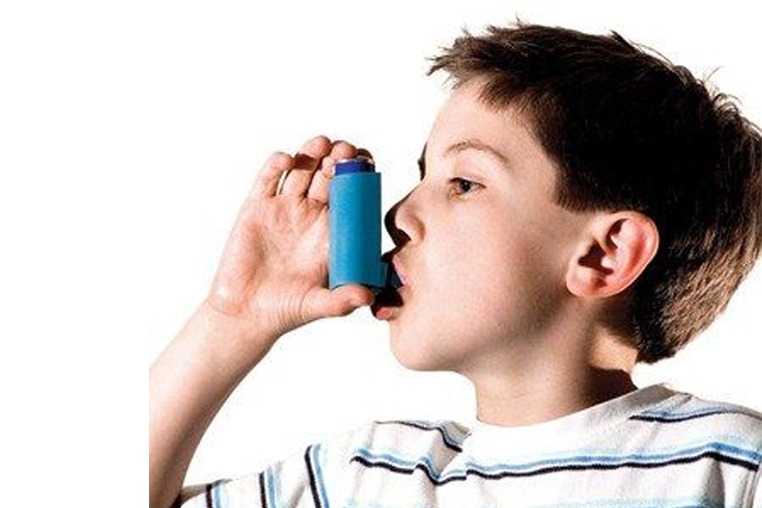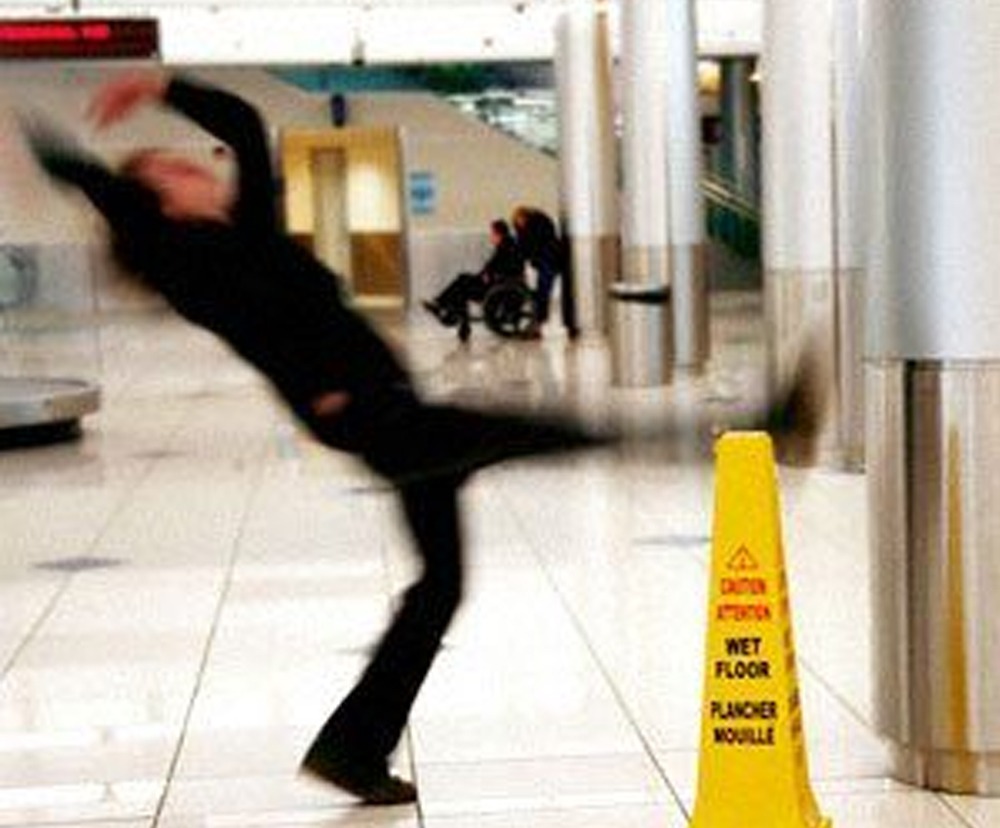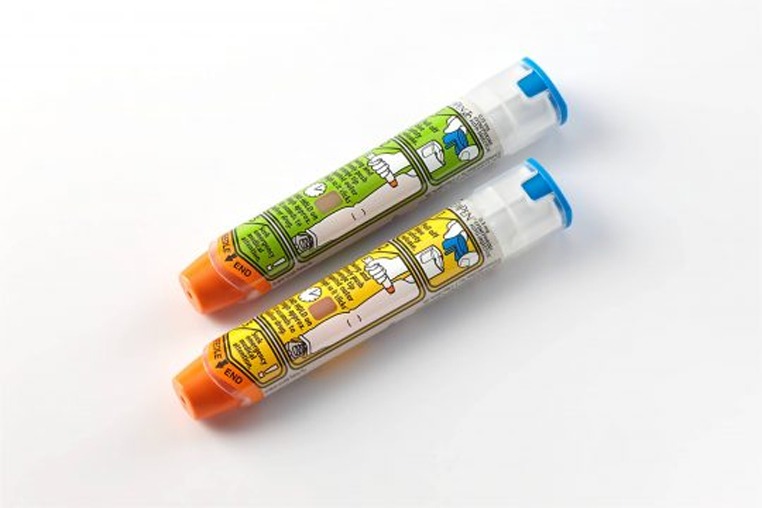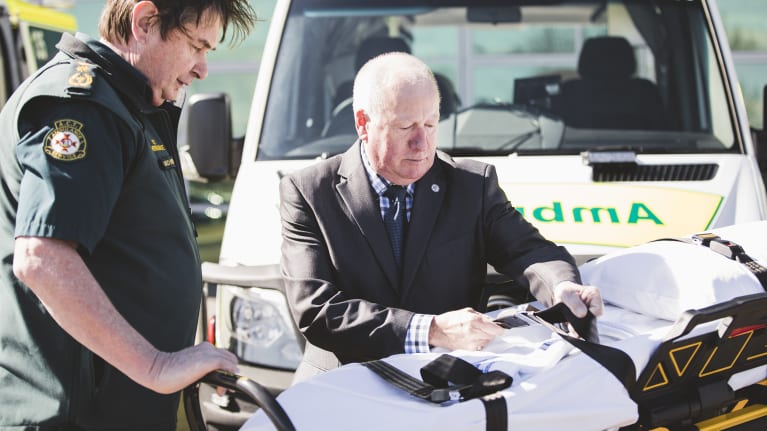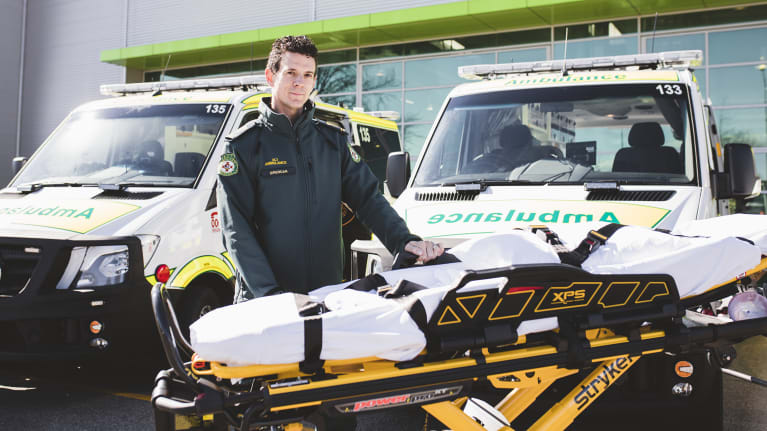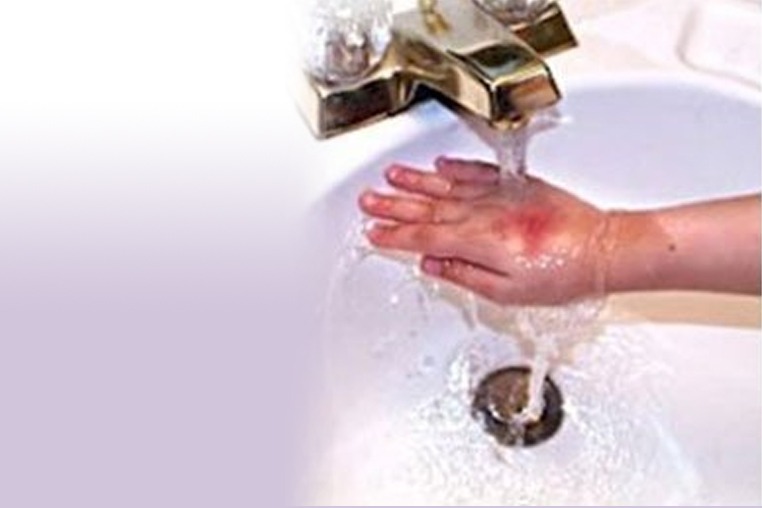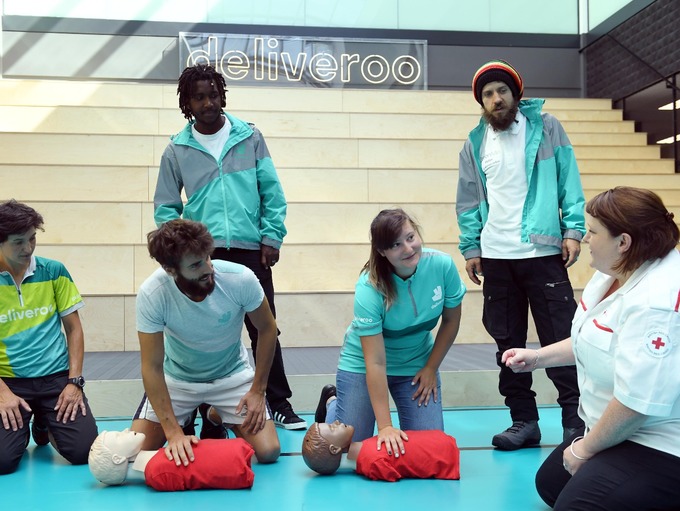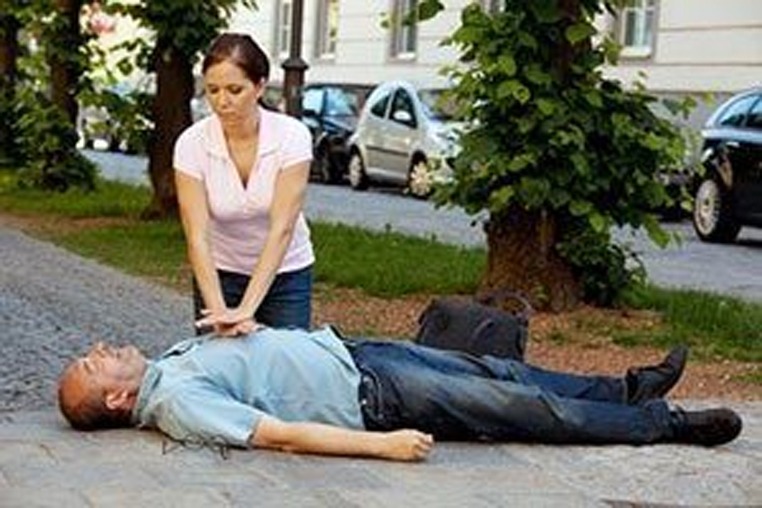Katie Keane is like any six year old, missing her two front teeth and with a great love of monkey bars. But she lives with the constant threat of anaphylaxis.
If it were not for extensive adaptations of Port Fairy’s kindergarten and Catholic school, mainstream education would be a deathtrap for her.
Dozens of seemingly innocuous items are poisonous to Katie, a list so long that when asked what her daughter is allergic to her mother’s response is to laugh and say “a lot” before beginning to reel off the shopping list of dangers.
 PHOTO: Katie’s reactions to allergens vary in severity from large itchy hives (right) to anaphylactic symptoms of limpness, coughing and wheezing (left). (Supplied: Johanna Keane)
PHOTO: Katie’s reactions to allergens vary in severity from large itchy hives (right) to anaphylactic symptoms of limpness, coughing and wheezing (left). (Supplied: Johanna Keane)“Dairy, eggs, banana, lamb, beef, chicken, pork, leather, nuts, gelatine, strawberries, peas, watermelon, pumpkin. Oh, and she’s very allergic to cows! There’s a whole heap of stuff,” her mother Johanna Keane said.
What Ms Keane leaves off that list, Katie’s St Patrick’s Parish Primary School teachers fill in later.
“Ants, bees, wool, rabbits, chooks, kiwi fruit. She’s heat sensitive too,” four of her teachers chime in together, reciting what they can remember from Katie’s personal anaphylactic management plan.
The plan is an essential document stationed at each of the school’s telephones and in Katie’s special corner in her classroom.
It is part of a comprehensive preventative system the school has invested in so that Katie can attend class.
 PHOTO: Katie at her first day of kindergarten after a mammoth effort by her mother and new teachers to make the environment safe. (Supplied: Johanna Keane)
PHOTO: Katie at her first day of kindergarten after a mammoth effort by her mother and new teachers to make the environment safe. (Supplied: Johanna Keane)“There was a bit of fear to start with, to be honest,” said Sue Paulka, the school principal in the south-west Victorian town.
Katie’s school aide, Tracey Dalton, quantified that fear.
“I know that everyone here, if they were put in the situation, they would give her that EpiPen. But the thought that you may have to do it, it’s frightening,” she said.
Anaphylaxis explained

What’s the difference between an allergic reaction and anaphylaxis?
However, after a few months, the effectiveness of their safety plan has helped school staff relax and has revealed the strength of their school community.
“In our classroom we don’t just have two sets of eyes, we have 29 sets of eyes,” said Katie’s class teacher Antonia Balmer.
“The kids know what Katie is allergic to and they’re all on the look-out.
“If they see a bee or an ant crawling around, often they’re quicker to pick that up than we are.
“It’s a bit like that saying — ‘it takes a village to bring up a child’,” she said.
School’s containment plan keeps Katie safe
 PHOTO: Katie’s corner isolates her personal items to prevent cross-contamination if other kids were to use them. (ABC South West Victoria: Emily Bissland)
PHOTO: Katie’s corner isolates her personal items to prevent cross-contamination if other kids were to use them. (ABC South West Victoria: Emily Bissland)Katie has her own sensor soap and tap, and all of her things are kept in her special corner — a safety requirement this little girl explains with pragmatism.
“I’m allergic and if there was another Katie they wouldn’t know that it would be my stuff,” she said.
“If they touch my things and they didn’t wash their hands then I would get a reaction if I lick my fingers.”
 PHOTO: Johanna Keane can access two prescribed EpiPens but buys two more so she always has one on hand. (Supplied)
PHOTO: Johanna Keane can access two prescribed EpiPens but buys two more so she always has one on hand. (Supplied)The school has not banned any particular lunch foods, and they have kept their brood of schoolyard chickens.
The other students simply make sure the chooks are not running around when Katie is.
“Katie’s just blended into our school environment. We’re all aware of her needs, it’s just the logistical side of things and making sure someone is watching her at all times,” said its principal Ms Paulka.
The school adapted and implemented a plan already devised in 2017 by Katie’s kindergarten.
“Thanks to the kinder and all the work they put in to help her transition over to school she’s had a pretty good run,” said Ms Keane, who was so impressed that she nominated the kindergarten for an award.
Port Fairy Kindergarten was this year’s recipients of the ‘Be a MATE’ award from Allergy and Anaphylaxis Australia — MATE being ‘Make Allergy Treatment Easier’.
 PHOTO: Katie at a presentation of Allergy and Anaphylaxis Australia’s Be a MATE award to Port Fairy Kindergarten. (ABC South West Victoria: Emily Bissland)
PHOTO: Katie at a presentation of Allergy and Anaphylaxis Australia’s Be a MATE award to Port Fairy Kindergarten. (ABC South West Victoria: Emily Bissland)School foots the bill
Tracey Dalton was Katie’s kindergarten aide and is now her school aide.
The position is funded by the school — an approximated $50,000 per annum commitment — since St Patrick’s application to the Catholic Education Commission of Victoria’s funding from the Students with Disabilities (SWD) program was rejected.
Ms Dalton is charged with being constantly aware of Katie’s whereabouts and what she is coming into contact with.
“We make sure she’s wearing a vest out in the playground so that if she has a reaction, you know exactly where she is at what time,” Ms Dalton said.
“We try to keep her out of the bushes and trees because of bees and ants, and in the hotter months we need to slow her down because she was breaking out in hives.”
 PHOTO: Katie is able to enjoy a fairly regular schoolyard experience despite her plethora of allergies and risk of anaphylaxis. (ABC South West Victoria: Emily Bissland)
PHOTO: Katie is able to enjoy a fairly regular schoolyard experience despite her plethora of allergies and risk of anaphylaxis. (ABC South West Victoria: Emily Bissland)She is imperative in keeping Katie safe, and because of that St Patrick’s has committed to funding the position throughout Katie’s primary education.
In an incredible display of her can-do attitude, Katie’s mother is always very quick to point out all the things her daughter can eat.
“She can eat hake, and tinned tuna. She loves green beans and potato chips, and she can have wheat and soy. So we’re a bit lucky there,” Ms Keane said, without irony.
Constant preparedness the key
Ms Keane’s willingness to laugh and emphasis on the positive is indicative of her character. She cares for her daughters with an admirable mixture of light-hearted warmth and meticulous organisation.
She said that Katie’s sister Izzi has also been great support.
“Izzi has been present for most of Katie’s reactions which is pretty stressful for a sibling,” she said.
“She goes out of her way to tell Katie that she’s jealous of what she ‘gets to eat’, just to make her feel special.
 PHOTO: Katie enjoys a relatively fear-free life thanks to her mother Jo. (ABC South West Victoria: Emily Bissland)
PHOTO: Katie enjoys a relatively fear-free life thanks to her mother Jo. (ABC South West Victoria: Emily Bissland)“I’m very lucky to have two fabulous kids.”
Ms Keane’s determination to maintain a balanced outlook is in many ways the key element that allows Katie to experience a happy childhood, unencumbered by fear.
But the fear is real, and Johanna Keane’s calm is astonishing.
She is a nurse by day, and in every other waking hour a mother who must remain in a constant state of preparedness.
In Katie’s short life she has been saved by EpiPen 12 times. On five of those occasions, it was Katie’s mum who administered the life-saving treatment.
Living 20 minutes from an ambulance services means that the emergency has to be dealt with by her.
“One of the things I had to overcome quickly is that if you don’t act the possibility is death,” Ms Keane said.
“You have to be brave, if anything, that’s what I’ve had to learn — that I can actually be very brave.”
Despite this, Ms Keane is seemingly buoyant with optimism.
“I don’t like her whole life to be about her allergies, we lead a really normal life,” she emphasised.
“There’s just a lot of planning involved if you do something out of the ordinary.”
Fastidious planning
Ms Keane tells of how some of the small things can be hard — like always needing to be aware of what you are wearing before you hug your daughter.
“Katie can spot wool from a mile off,” she said.
Allergy or intolerance: What’s the difference?
Katie’s dad, Glenn Keane, is a butcher, and working with meat every day meant he had to go home and shower before he could pick Katie up from school.
Otherwise he had to tell her “no hugs”.
“That’s really hard,” Ms Keane said.
“Not being able to hug your daughter, or having to brush your teeth and wash your face before you can give her a kiss.”
Her parents’ fastidious planning and her school’s multi-layered system of protection is keeping Katie happy, safe and included.
“I’m overwhelmed by Katie’s resilience,” Ms Keane said.
“Fortunately, I don’t think she feels that different because she is never excluded.
First Aid Course in Canberra at www.canberrafirstaid.com, or if you are in Sydney www.simpleinstruction.com.au or Melbourne www.allenstraining.com.au



